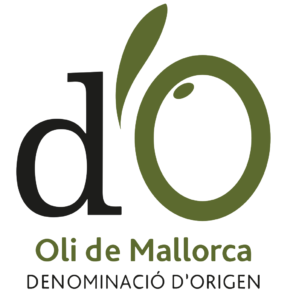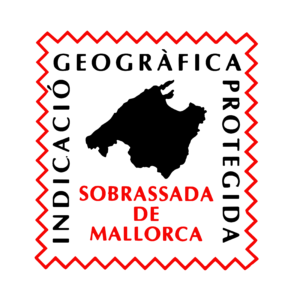The “Pedra en Sec”, or dry stone technique, is one of the oldest and most emblematic building traditions in Mallorca. This technique consists of assembling stones without using any mortar or cement, achieving resistant and functional structures that integrate perfectly into the landscape. Its historical, cultural and practical importance is such that, in 2018, it was declared Intangible Cultural Heritage of Humanity by UNESCO.
Pedra en sec is not only a construction technique, but also a symbol of the relationship between Mallorcans and their environment. It reflects the collective effort of generations to adapt the landscape to human needs without damaging it, creating a unique harmony between nature and human activity. Its recognition by UNESCO reinforces its universal value and the importance of preserving it as an essential part of the Mallorcan heritage.
01
02
03
History
Origin
Places
04
05
06
Stories
Products
Related
The dry stone technique has its roots in prehistoric times. The first settlers of Mallorca were already using dry stone to build basic structures such as shelters, enclosures and tombs. Megalithic constructions, such as the talayots, are a clear example of the mastery of these communities in the handling of stone.
Over time, this technique evolved to adapt to the needs of the island’s agricultural and cattle-raising societies. The cultivation terraces and huts became fundamental elements of the Mallorcan rural economy.
The Sierra de Tramuntana, also a World Heritage Site, is the setting where the technique of dry-stone masonry reached its maximum splendor. Over the centuries, the inhabitants of the area built:
During the 20th century, with the arrival of new materials and construction techniques, dry stone began to fall into disuse. Many walls and terraces were abandoned due to the rural exodus to the cities and the rise of tourism on the coast.
However, at the end of the 20th century, there was a resurgence of interest in the pedra en sec technique, driven by its cultural value, its sustainability and its ability to prevent soil erosion. Today, it is actively promoted through initiatives such as:
The pedra en sec technique, used to build Mallorca’s marges, is not only a symbol of the island’s sustainability and tradition, but also stands out for its impressive scale. According to estimates, the total length of these dry stone walls, scattered throughout the Mallorcan territory, could exceed 20,000 kilometers, rivaling the Great Wall of China, which measures approximately 21. 000 kilometers.
These marges, essential for agriculture in mountainous areas such as the Tramuntana Mountains, have been built over centuries to transform steep slopes into cultivable terraces. Thanks to them, Mallorcan farmers were able to plant olive trees, almond trees and other crops, turning a hostile terrain into a source of life. In addition, these structures help control soil erosion and manage rainwater, demonstrating their ecological value and sustainable design.
Unlike the Great Wall, which is a continuous and monumental defensive system, the marges are fragmented and spread throughout the island. However, their impact on the Mallorcan landscape and culture is equally significant. Its extent and function have led to the pedra en sec technique being recognized as an Intangible Cultural Heritage of Humanity by UNESCO in 2018, highlighting its historical importance and contribution to the preservation of the environment.
This comparison with the Great Wall of China not only highlights the magnitude of the marges, but also invites reflection on how these works, built with local materials and collective effort, have shaped both the landscape and the identity of Mallorca. Strolling along the paths of the Ruta de Pedra en Sec, admiring the walls that support the crops or simply contemplating the landscape of the Tramuntana is a way to connect with the living history of the island.
Get to know the daily life of Mallorcan producers
If you like
, you’ll love these products
Sign up for our newsletter and every month you will receive the most fascinating and surprising stories about the traditions of Mallorca, directly from the voice of our producers. Discover the unique and personal experiences that make each product a story.
Get to know the daily life of Mallorcan producers
Get to know the daily life of Mallorcan producers

The place for local products from Mallorca
Palma de Mallorca
sales@mallorcamade.com
+34 658907615
Mallorca Made is the meeting point between the cultural richness of Mallorca and the international community. Mallorca Made offers international customers not only a place to explore the rich variety of products this island has to offer, but also an account of the history and stories behind each creation.
We pride ourselves on being catalysts of local commerce, promoters of the authenticity and tradition of Mallorca, taking its essence beyond the sea that surrounds us.
Discover, connect and celebrate with us the unique identity of our island.








© 2024 Amara, ingeniería de marketing | All rights reserved | Digital strategy: Amara, ingeniería de marketing